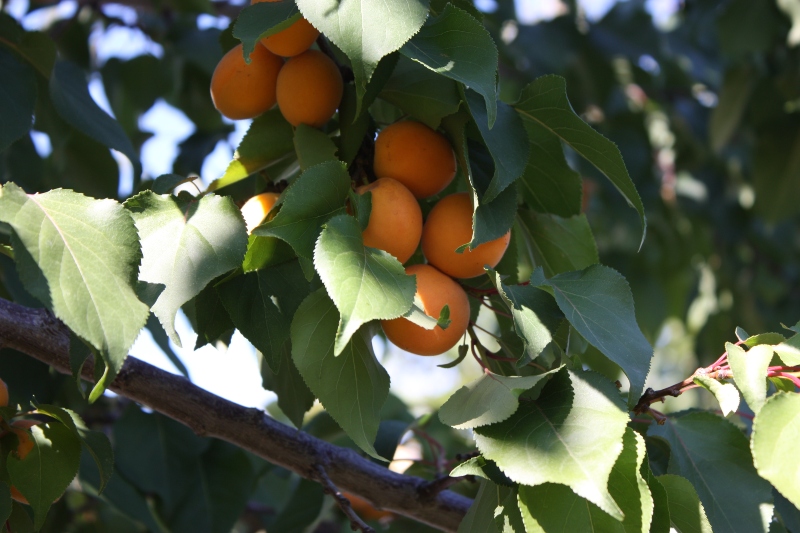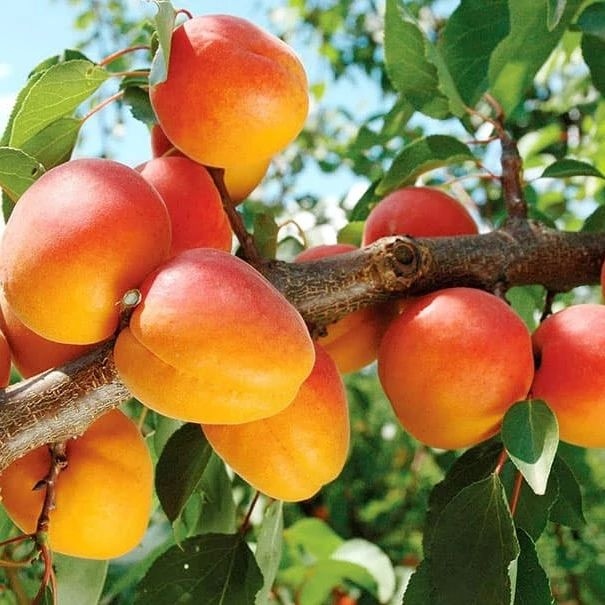When Should I Prune Apricot Trees? The Best Time to Prune Apricot Trees

Late winter and early spring are ideal times to prune your fruit trees before bud break, bloom, and the emergence of new leaves. This is the time of year when trees are dormant, reducing stress and allowing cuts to heal or harden. No foliage makes pruning a breeze. Some trees may necessitate cutting back in the summer, such as overly dense ones and obstruct light.
Pruning your fruit trees to remove dead or unhealthy limbs and branches is one of many reasons to do so. The more leaves exposed to good light, the more energy is generated. The fruit is less prone to bruising and scarring if the limbs are thinned out.
A tree’s height and branch size can be controlled through pruning. The weight distribution on your fruit tree will be improved if you have three or four main branches with smaller limbs rather than long, thin branches.
Pruning allows you to control the shape of a tree. It’s up to you how high the branches are for picking fruit and how low to the ground they are for mowing.
Table of Contents
Why Prune Trees?
It’s a waste of time to prune fruit trees. If you don’t prune trees, especially young trees, they’ll grow branches and flowers all over the place and bloom every year. Those, in turn, will grow into fruits. The more competition each flower has, the smaller the fruit will be. Too many blooms and fruits competing for the tree’s nutrition can be a problem, and eventually, the tree will be hurt.
The tree will send all of its nutrients to the branches that are still strong, and the fruit will taste better if you cut them. If you don’t prune, the tree will grow a lot of small branches that could eventually grow into fruit, but the fruit will be smaller, less tasty, and it could even break the branches. It’s for this reason that you should prune a fruit tree. You want to have healthy, strong trees that will be able to produce a lot of great fruit for many years.
Pruning Apricots

An Apricot Tree’s Pruning Instructions
Pruning apricot trees begins when they are young. This is the most effective method of shaping these trees to the desired shape. Pruning an apricot tree is explained in greater detail below.
What branches to remove: The first scaffolding limbs should be removed between 18 and 24 inches from the ground. Pruning lower branches is necessary. The main limbs of the tree emerge from the trunk via scaffold branches.
Branches should be growing at 45- to 60-degree angles if they want a strong plant. Instead of removing these branches, they want to grow them. To make room for these, other branches should be trimmed back. For branches that aren’t naturally inclined to grow at these angles, gardeners can use well-placed branches and make wooden support structures to train the branch to grow at the desired inclination over time.
When removing branches, look for branches that do not cross. The ideal scenario would be the tree’s branches ascending at 10 and 2 o’clock. There should be about 8 to 10 inches of vertical space between these branches.
Cutting Headings
Heading cuts should be made after the main pruning has been completed. Cuts that remove just a portion of a branch instead of the entire thing are called partial cuts. If the branches are not scaffolding, they should be cut to about 6 inches. So that they can easily prune the other branches, gardeners should get in the habit of picking out scaffolding branches before they start. To encourage the growth of fruit-bearing branches, these heading cuts are crucial.
Getting Rid of Dead Branches and Yellowed Leaves
Pruning primarily focuses on removing dead branches and leaves turning yellow or brown as the tree matures. The tree’s resources are being drained by dead branches, even though they cannot use the resources that they take from the tree itself. Even though these branches have died, gardeners should not remove them during the winter or rainy days because this can still cause diseases, although the limb is already dead. The condition can enter a living tree at the point of any cut. Pruning a tree correctly can help a gardener grow a strong and healthy specimen.
